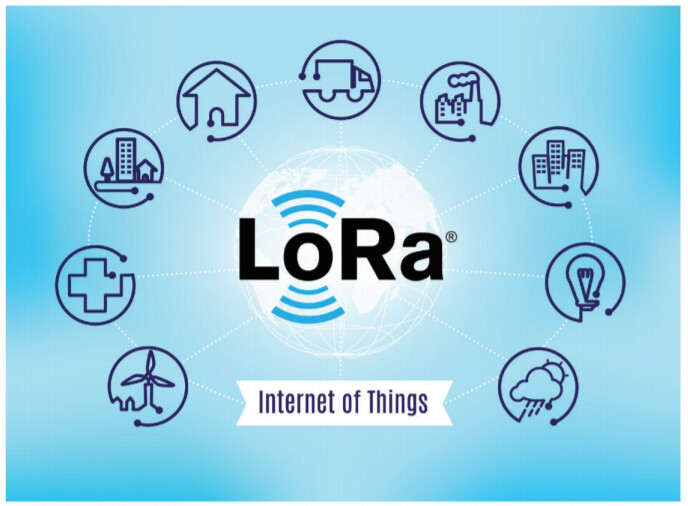LoRaWAN technology, the new era of IoT
With the rapid growth of the Internet of Things (IoT) paradigm, another important technology appears in the research field that helps in earning high-performance wireless communication between devices, it is called low power wide area network (LPWAN). In the LPWAN technology, there are two categories: Long Range (LoRa) and narrowband (NB-IoT). LoRa is not only a long-range network; it also enables the transfer of information with a low transfer rate and low power consumption. Additionally, LoRa wireless area network (LoRaWAN) is a promising technology developed to overcome the IoT applications challenges.
What is LoRa and LoRaWan?
Before getting into the LoRa concept, we should learn about LPWAN.
One technology cannot serve all of the projected applications and volumes for IoT. WiFi and BTLE are widely adopted standards and serve applications related to communicating personal devices quite well. Cellular technology is a great fit for applications that need high data throughput and have a power source. LPWAN offers a multi-year battery life and is designed for sensors and applications that need to send small amounts of data over long distances a few times per hour from varying environments.
The most critical factors in an LPWAN are:
- Network architecture
- Communication range
- Battery lifetime or low power
- Robustness to interference
- Network capacity (maximum number of nodes in a network)
- Network security
- One-way, two-way communication
- A variety of applications served
Source: everythingrf.com
LoRa and LoraWAN sensors belong to the category of non-cellular LPWAN wireless communication network protocols and players, operating in the license-free spectrum. Other technologies that operate in the license-free frequency bands include Sigfox, Ingenu and several more.
Do you have any questions or comments? Please leave a comment below.

